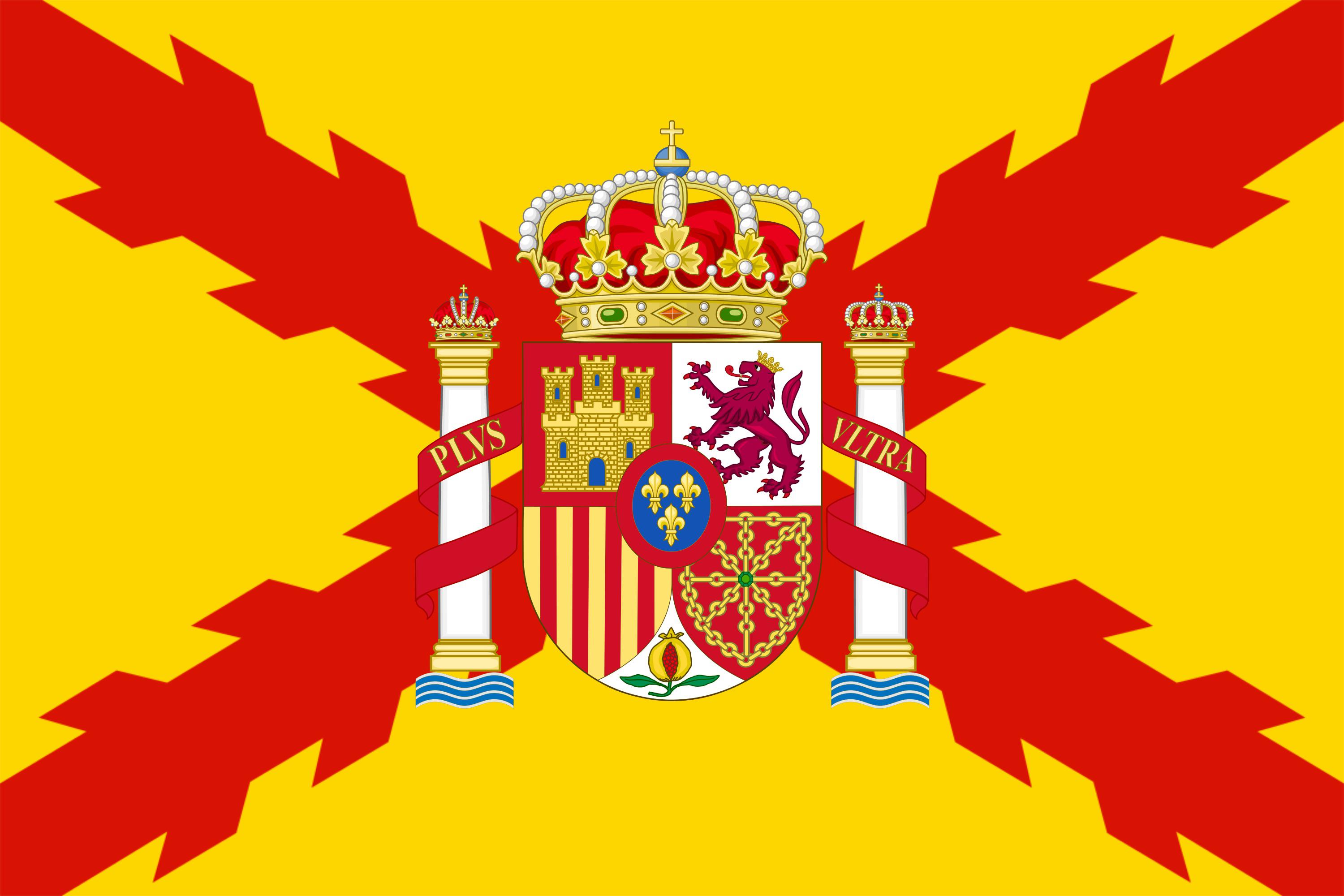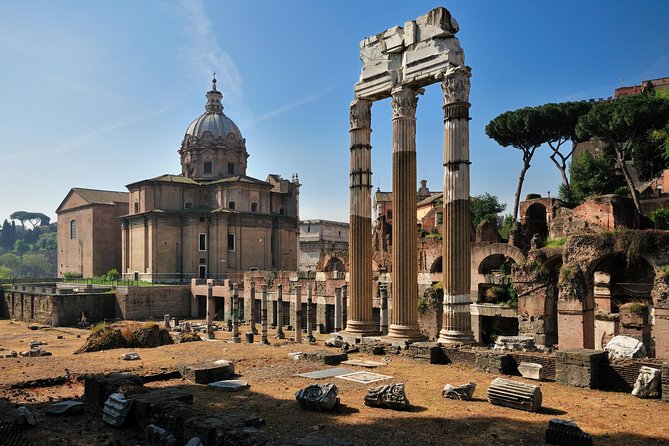European History Website And The Best Design Tips
When embarking on the journey of creating a European History Website, it's crucial to approach the design with a deep understanding of the diverse cultural tapestry that makes up the continent. Europe's history is rich and varied, with each region having its own unique story to tell. As such, website designers must tread carefully to respect historical contexts and regional differences, incorporate appropriate imagery and symbols, and navigate cultural taboos and sensitive topics.
Aesthetic Preferences Across Europe
When designing a European history website, it's crucial to consider the diverse aesthetic preferences that vary from one European country to another. Europe is a continent rich in culture and history, and each nation has its own unique design sensibilities. To create a user-friendly website that appeals to a broad audience, designers must strike a balance between a clean, modern look and the distinct local tastes that resonate with users across Europe.
Recognizing Country-Specific Design Trends
European countries have their own design trends that reflect their cultural identities. For instance, Scandinavian design is known for its simplicity, functionality, and emphasis on natural elements. In contrast, Mediterranean countries might favor more vibrant colors and intricate patterns, reflecting the warmth and dynamic history of the region.
When incorporating these design elements, it's important to do so in a way that complements the content of the website. For a European historywebsite, this might mean selecting fonts that have a historical feel for countries with a rich medieval past or choosing color palettes that reflect the art and architecture of a specific era.
Balancing Minimalism With Local Tastes
Minimalism is a popular design trend that can help ensure a website is easy to navigate and content is easy to digest. However, it's essential to balance this with the local tastes of the European audience. A website that is too stark might not resonate with users expecting a richer, more textured design.
To achieve this balance, consider using minimalist layouts with accents of traditional design elements. For example, a simple color scheme can be paired with ornate icons that reflect historical motifs. This approach maintains clarity and usability while still giving a nod to the intricate designs associated with European history.
Utilizing Color Schemes That Resonate With European Audiences
Color is a powerful tool in website design, as it can influence mood and convey meaning. When designing for a European audience, it's important to select color schemes that are not only aesthetically pleasing but also culturally relevant.
Here are some tips for choosing color schemes:
- Research Historical Color Significance: Colors often have historical significance. For example, purple was a color of royalty and power in ancient Rome. Using such colors can add a layer of depth to the design.
- Consider National Colors: Many European countries have colors associated with their flags or national identity. Incorporating these colors can create a sense of familiarity and pride.
- Be Mindful of Color Psychology: Different colors can evoke different emotions. Blue might be associated with trust and stability, which could be beneficial for a history website aiming to present factual information reliably.
By thoughtfully integrating these design elements, a European history website can become not only a repository of knowledge but also a visually engaging platform that resonates with users' cultural expectations and preferences. The key is to celebrate the diversity of European aesthetics while maintaining a cohesive and user-friendly design that makes learning about history an enjoyable experience.
Language And Localization Strategies
When designing a European history website, it's crucial to consider the diverse linguistic landscape of the continent. Europe is home to over 200 languages, making language and localization strategies a cornerstone of user-friendly design. Here are some key considerations to ensure your website resonates with a European audience.
Importance Of Multilingual Support
Multilingual supportis not just a courtesy; it's a necessity for a European history website. Users are more likely to engage with content presented in their native language. To cater to a broad audience, your website should offer translations in multiple European languages. This includes widely spoken languages such as English, French, German, Spanish, and Italian, as well as other regional languages to ensure inclusivity.
Adapting Content For Regional Dialects And Spellings
European languages often have regional dialects and variations in spelling. For example, the Portuguese spoken in Portugal differs from that in Brazil, and the Spanish of Spain varies from Latin American Spanish. Similarly, British and American English have distinct spellings and vocabulary. Tailoring content to accommodate these nuances shows respect for cultural identity and enhances readability.
Ensuring Accurate Historical Terminology And References
Accuracy in historical terminology and references is paramount. Misrepresenting historical facts can lead to mistrust and discredit your website. It's essential to work with historians and language experts to verify the accuracy of your content. This includes the correct use of historical terms, names, dates, and events. Additionally, providing a glossary for complex historical terms can be a valuable resource for users.
By implementing these language and localization strategies, your European history website will be better equipped to serve a diverse and multilingual audience, fostering a deeper connection with users interested in the rich tapestry of European history.
Legal Compliance And Accessibility Standards
When designing a European history website, it's crucial to consider the legal and ethical aspects that come with such a digital platform. Not only should the design be visually appealing and informative, but it must also adhere to the laws and regulations that govern online content in Europe. Additionally, ensuring that the website is accessible to all users, regardless of their abilities, is not just a legal requirement but a moral imperative.
Adhering To GDPR And Other Privacy Regulations
The General Data Protection Regulation (GDPR) is a comprehensive data protection law that affects websites with European visitors. It's essential to design your European history website with GDPR compliance in mind. This means:
- Implementing clear consent mechanisms: Users should be able to give explicit consent for their data to be collected and used.
- Providing transparent privacy policies: Your website should have an easily accessible privacy policy that explains how user data is collected, used, and protected.
- Enabling user data access and removal: Users should have the right to access their data and request its deletion.
Failure to comply with GDPR can result in hefty fines, so it's important to consult with a legal expert to ensure your website meets all necessary requirements.
Making History Accessible Through Inclusive Design
Accessibility in web design ensures that all users, including those with disabilities, can access and interact with your content. For a European history website, this means:
- Using alt text for images: Describe images with alt text so screen readers can convey the information to visually impaired users.
- Ensuring keyboard navigation: The site should be navigable using a keyboard for those who cannot use a mouse.
- Providing transcripts and captions for multimedia: Videos and audio clips should have accurate captions and transcripts for deaf or hard-of-hearing users.
By following the Web Content Accessibility Guidelines (WCAG), you can create a website that is inclusive and accessible to a wider audience.
Providing Accessible Educational Resources
A European history website is often an educational resource, so it's important to make sure that the information is accessible to everyone, including students and educators. This involves:
- Offering downloadable content in various formats: Provide materials in PDF, Word, and other accessible formats.
- Creating content with readability in mind: Use clear, simple language and break text into short, manageable sections.
- Designing interactive elements for all users: Interactive maps and timelines should be usable by people with different types of disabilities.
By incorporating these design elements, you ensure that your website serves as a valuable resource for learning and exploration, open to all who are interested in European history.
Evolution Of European Medicine And Science
The Renaissance era witnessed a resurgence of interest in scientific inquiry and anatomy, with figures like Andreas Vesalius challenging conventional beliefs. As centuries unfolded, European scientists and physicians continued to push boundaries, culminating in the groundbreaking work of figures such as Louis Pasteur, who revolutionized microbiology, and Florence Nightingale, who pioneered modern nursing practices.
The Age Of Enlightenment
The Age of Enlightenment brought forth an intellectual renaissance, fostering a spirit of inquiry and reason. European scholars like Robert Boyle and Antoine Lavoisier paved the way for modern chemistry, while advancements in physics by luminaries such as Isaac Newton reshaped our understanding of the natural world.
Modern Medicine Takes Root
Fast forward to the 19th and 20th centuries, and Europe became a hub for medical progress. From the discovery of antibiotics by Alexander Fleming to the development of vaccines and anesthesia, European scientists played a pivotal role in transforming healthcare on a global scale.
Contemporary Innovations
In the 21st century, Europe continues to be at the forefront of medical and scientific innovations. Collaborative efforts, state-of-the-art research facilities, and a commitment to evidence-based practice define the contemporary landscape. From personalized medicine to groundbreaking treatments, European contributions shape the future of global healthcare.
To explore the legacy and current landscape of European hospitalsand medical facilities, visit EHIC.org. This resource provides valuable insights into healthcare infrastructure across the continent, reflecting the ongoing commitment to excellence in medicine and science. As we celebrate the journey of European medicine and science, we embrace a future where innovation and compassion converge for the betterment of humanity.
European History Website - People Also Ask
What Was The European History?
European history spans a vast and complex timeline, covering the development of societies and civilizations across the European continent. It encompasses significant events such as the rise and fall of empires, the Renaissance, the Age of Exploration, the Industrial Revolution, and the two World Wars. European history has shaped global politics, culture, and economics, making it a critical component of world history.
What Are 3 Facts About The History Of Europe?
a. Ancient Greece and Rome:Europe was home to two of the most influential ancient civilizations, Greece and Rome. These civilizations laid the foundations for Western philosophy, governance systems, architecture, and cultural values that continue to influence the world today.
b. The Renaissance:The Renaissance, a period of cultural and intellectual rebirth in the 14th to 17th centuries, saw a revival of interest in art, literature, science, and humanism. It marked a crucial turning point in European history, fostering creativity and innovation.
c. Formation of the European Union (EU):In the aftermath of World War II, European nations sought economic and political cooperation to prevent further conflicts. The establishment of the European Coal and Steel Community in 1951 laid the groundwork for the formation of the European Unionin 1993, promoting unity, peace, and economic collaboration among member states.
Why Is Europe So Important In History?
Europe's historical significance is multifaceted and stems from several factors:
a. Cultural Influence:Europe has been a cradle of various cultural and intellectual movements that have shaped global thought. From the Renaissance to the Enlightenment, European ideas in art, philosophy, and science have had a profound impact worldwide.
b. Political Transformations:Europe's history is marked by the rise and fall of powerful empires, monarchies, and the development of democratic institutions. These political transformations have influenced governance structures globally.
c. Global Exploration and Colonialism:European powers played a pivotal role in global exploration and colonial expansion, leading to the exchange of cultures, goods, and ideas between Europe and other continents. This interconnectedness has left an indelible mark on world history.
d. Industrial Revolution:The Industrial Revolution, which originated in Europe in the 18th century, transformed societies by ushering in technological advancements, urbanization, and economic changes. This period laid the groundwork for modern industrialized societies.
e. World Wars:The two World Wars, originating in Europe in the 20th century, had a profound and lasting impact on global geopolitics, reshaping international alliances and leading to the establishment of institutions like the United Nations.
In essence, Europe's historical role extends far beyond its geographical boundaries, influencing the course of human history and contributing to the development of the modern world.
Conclusion
The creation of a European History Website demands a holistic approach that appreciates the continent's cultural diversity, historical intricacies, and linguistic variations. Designers must navigate the delicate balance between modern aesthetics and regional preferences, considering the unique design sensibilities of each European country. By recognizing and incorporating country-specific design trends, embracing multilingual support, ensuring legal compliance, and prioritizing accessibility, a European history website can transcend being a mere repository of knowledge. It becomes a visually engaging, culturally respectful, and inclusive platform, making the exploration of Europe's rich history an enjoyable and accessible experience for users worldwide.




